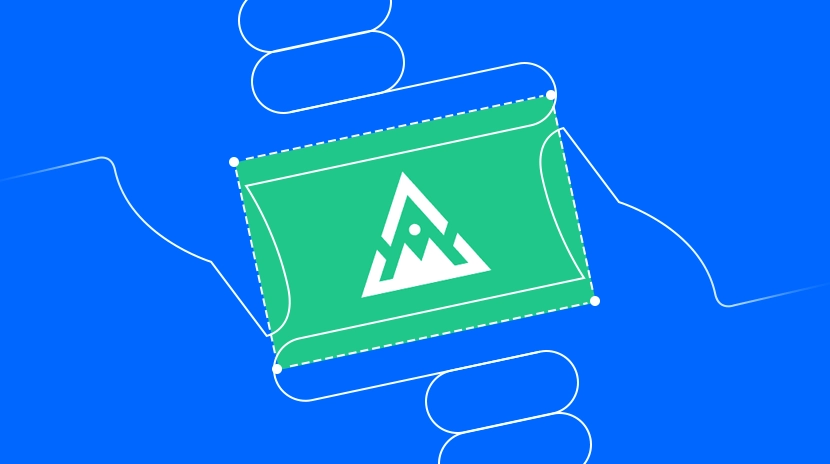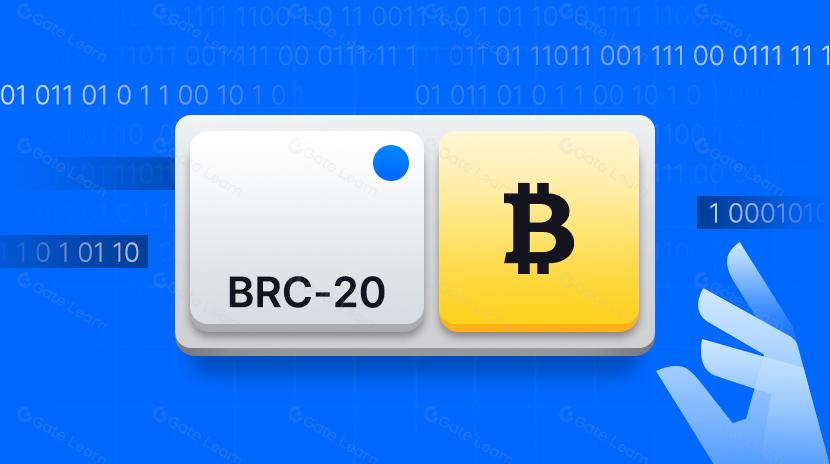Bitcoin Mining

Bitcoin mining is the process of using computer hardware to solve complex mathematical problems to verify transactions and add them to the Bitcoin blockchain. Miners contribute computing power to maintain network security and are rewarded with newly minted bitcoins and transaction fees. As the Bitcoin network has grown, mining has evolved from the early days of CPU mining on personal computers to today's professional industry dominated by ASIC miners and large mining farms, with intense global competition and significant energy consumption. The mining mechanism is a core component of Bitcoin's Proof of Work (PoW) consensus algorithm, ensuring the blockchain's decentralized nature and security.
Background: The Origin of Bitcoin Mining
Bitcoin mining was conceptualized in Satoshi Nakamoto's 2008 Bitcoin whitepaper and officially began with the genesis block on January 3, 2009. In the early days, Bitcoin mining could be performed on regular home computers, with Satoshi Nakamoto being among the first miners.
The evolution of mining has gone through several key phases:
- CPU Mining Era (2009-2010): Anyone with a regular computer could mine, with a laptop potentially mining multiple blocks per day.
- GPU Mining Era (2010-2013): Graphics processing units' parallel computing capabilities significantly increased mining efficiency, making CPU mining obsolete.
- FPGA Mining Era (2011-2013): Field-programmable gate arrays further improved mining efficiency and energy utilization.
- ASIC Mining Era (2013-present): Application-specific integrated circuits completely transformed the mining landscape, with hardware specifically designed for computing SHA-256 hashes, pushing mining toward industrialization.
- Mining Pool Era (2010-present): As difficulty increased, miners began forming pools to share computing power and smooth reward distribution.
This evolution witnessed Bitcoin mining's transformation from a hobby into a global industry worth billions of dollars.
Work Mechanism: How Bitcoin Mining Operates
Bitcoin mining's core working mechanism revolves around the Proof of Work (PoW) algorithm:
-
Transaction Verification and Packaging:
- Miners first collect unconfirmed transactions from the mempool
- They verify each transaction's validity, including signature verification and balance checks
- Valid transactions are organized into blocks, along with a coinbase transaction containing the miner's reward
-
Proof of Work Process:
- Miners create a block header containing the previous block's hash, merkle root, timestamp, and other information
- By continuously changing the nonce value, they repeatedly calculate SHA-256 hash values of the block header
- The goal is to find a hash lower than the current difficulty target, a process that relies purely on brute force computation and luck
-
Difficulty Adjustment Mechanism:
- The Bitcoin network automatically adjusts mining difficulty every 2016 blocks (approximately two weeks)
- Difficulty adjustments ensure new blocks are generated on average every 10 minutes
- If the previous 2016 blocks were generated too quickly, difficulty increases; otherwise, it decreases
-
Reward Mechanism:
- Miners who successfully mine a block receive block rewards (currently 6.25 bitcoins) plus transaction fees
- Block rewards halve approximately every four years (every 210,000 blocks), a mechanism known as "halving"
This mechanism design ensures Bitcoin network security, decentralization, and censorship resistance, albeit at the cost of high energy consumption.
Future Outlook: Development Trends in Bitcoin Mining
The Bitcoin mining industry is undergoing significant transformation, with several trends likely to shape its future:
-
Sustainable Energy Transition:
- The proportion of renewable energy in the mining energy mix is expected to continue rising
- Mining companies are actively investing in hydroelectric, solar, wind, and geothermal energy projects
- Energy recovery mining models are emerging, such as using associated gas from oil fields and industrial waste heat for mining
-
Geographic Diversification:
- The shift from Chinese dominance to global distribution is an important recent trend
- North America, Central Asia, Northern Europe, and South America are attracting increasing mining investments
- Regions with favorable policies and abundant energy resources will become new mining centers
-
Technological Innovation:
- Next-generation ASIC chips will continue to improve energy efficiency, reducing energy consumption per hash
- Widespread adoption of liquid cooling technology will enhance miner heat dissipation efficiency and extend equipment lifespan
- Intelligent mining farm management systems will optimize operational efficiency and reduce labor costs
-
Economic Model Evolution:
- As block rewards decrease through halvings, transaction fees will gradually become miners' primary income source
- Participation from large institutional investors and public companies will increase, driving industry standardization
- Markets for derivative financial products (such as hashrate futures and securitized mining shares) will expand
These trends will collectively shape the future of Bitcoin mining. Despite challenges like energy consumption and regulatory pressure, technological innovation and market adaptability will drive the industry's continued development.
Bitcoin mining's importance manifests on multiple levels: first, it serves as the cornerstone of Bitcoin network security, preventing double-spending and 51% attacks through the proof-of-work mechanism; second, mining provides Bitcoin's issuance mechanism, introducing new coins into circulation in a decentralized, fair manner; third, the mining industry has driven the development of specialized computing chips and innovative energy utilization models. Despite controversies surrounding energy consumption and carbon emissions, mining's core value lies in maintaining a global, immutable value transfer system, which is the fundamental essence of Bitcoin as a decentralized currency. With technological advances and widespread adoption of renewable energy, Bitcoin mining will continue to evolve and play a key role in the global financial infrastructure.
Share
Related Articles

In-depth Explanation of Yala: Building a Modular DeFi Yield Aggregator with $YU Stablecoin as a Medium

BTC and Projects in The BRC-20 Ecosystem
